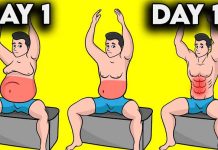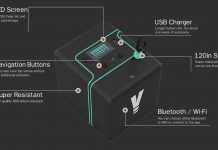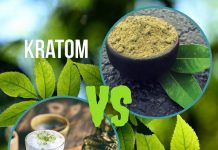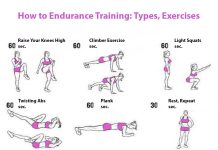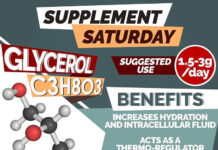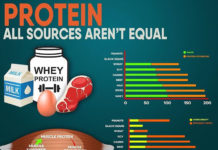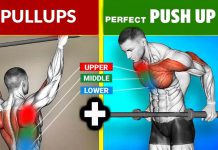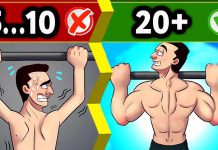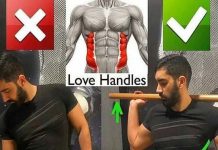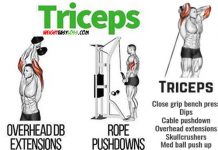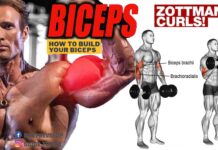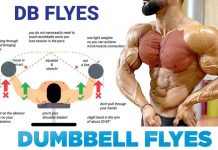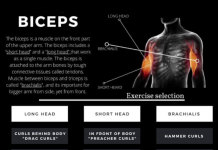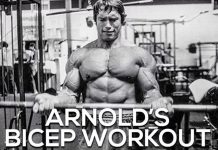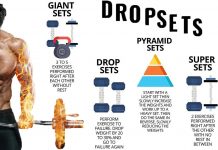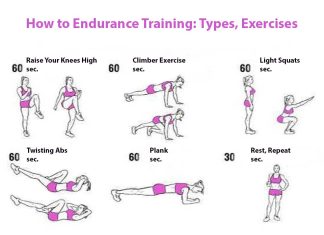🚨 MUSCLE HOW THEY’RE ABLE TO CONTRACT
✅ Your muscles are one of two things you can control aside from your thoughts. This is how you’re able to use them. When you think about moving, your brain sends a signal to a specific muscle and number of muscle fibers depending on the demand of the task. when the impulse arrives at the muscle and nerve junction ACH a neuro transmitter is released which causes Sodium ions to be released. This creates another action potential leading to the release of Calcium. it binds to troponin and allows the actin and myosin to interact causing a ratcheting motion leading to the contraction of the muscle. ⠀

When the impulse is stopped, the calcium is cleared allowing troponin to return to its original position blocking the ratcheting action of the myosin head. In order for this mechanism to happen ATP (energy) must attach to it and break its bond to produce energy to cause its movement. When this happens, ATP is broken down into ADP and a phosphate. Once that bond is broken new ATP needs to be formed to continue the contraction which can come from free floating ATP, from Creatine which donate its Phosphate to create ATP. The T and D in ATP and ADP stand for Tri and Di meaning three or two.
Because we have a lot of motor control over our movements, each time an action potential is sent only certain fibers that are innervated by a motor neuro will fire. This means even if your whole muscle is moving not all the fiber are contracting to produce force. This allows us to have very precise movements vs spastic full muscle contractions. This mechanism must happen with every voluntary movement of skeletal muscle while you walk, use your phone lift weights!












